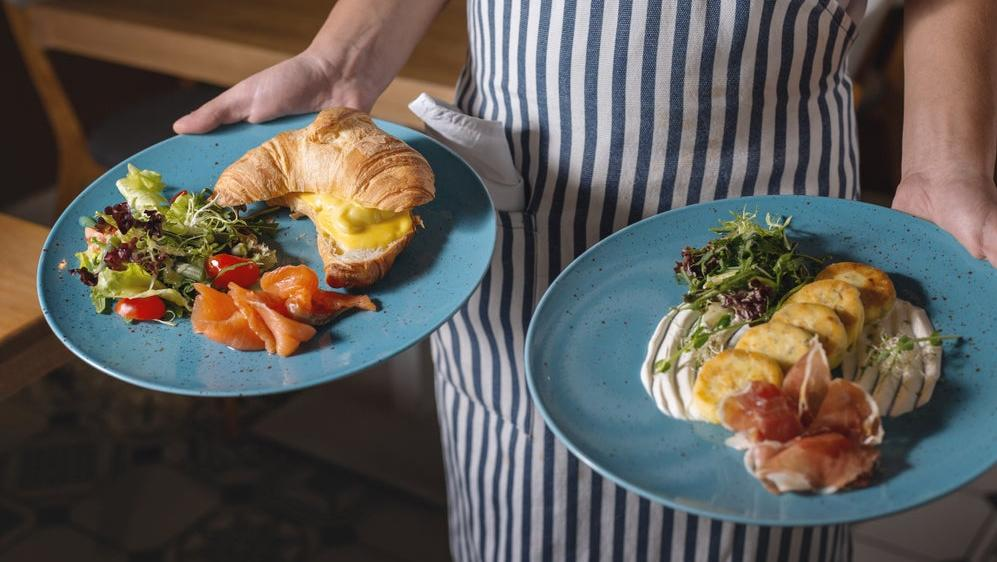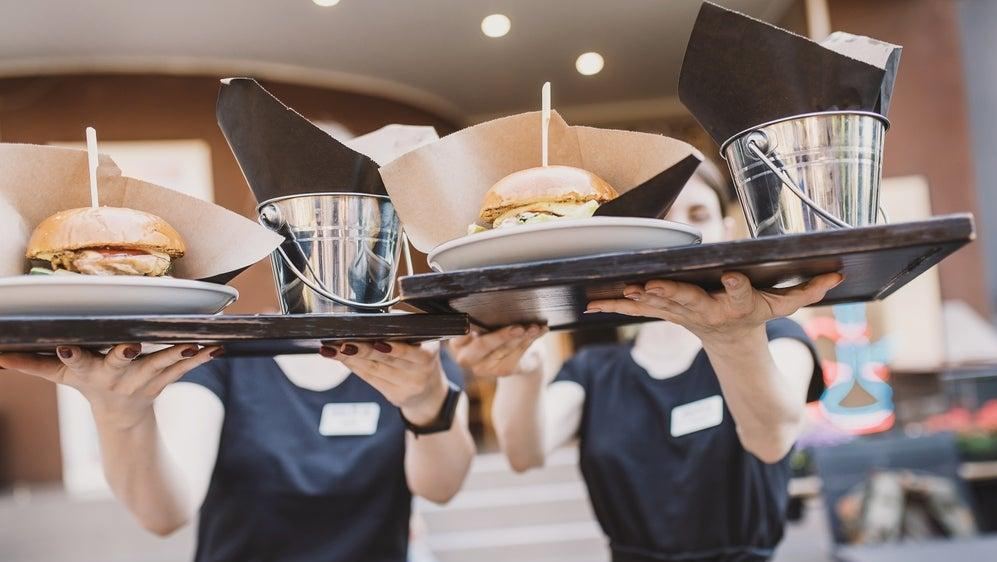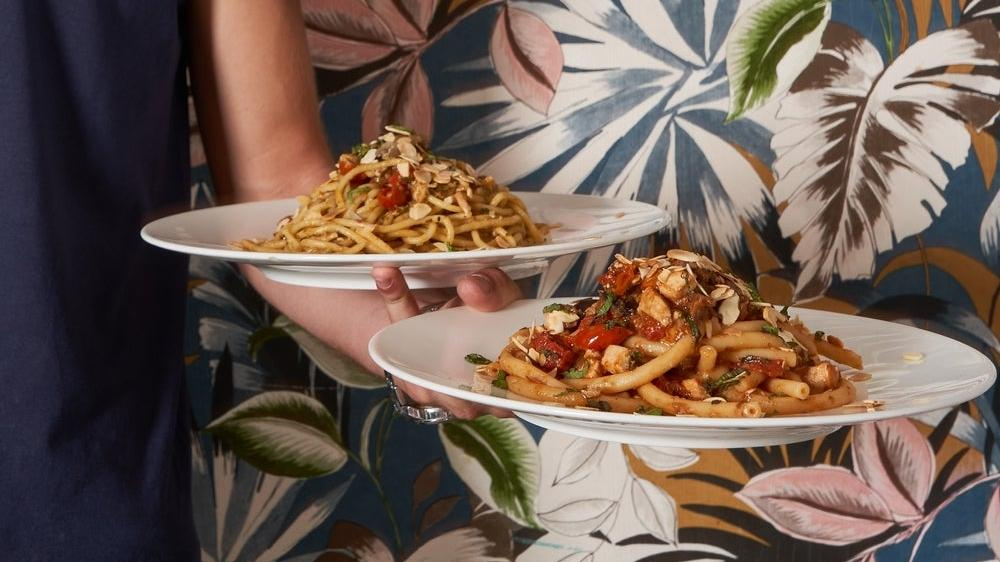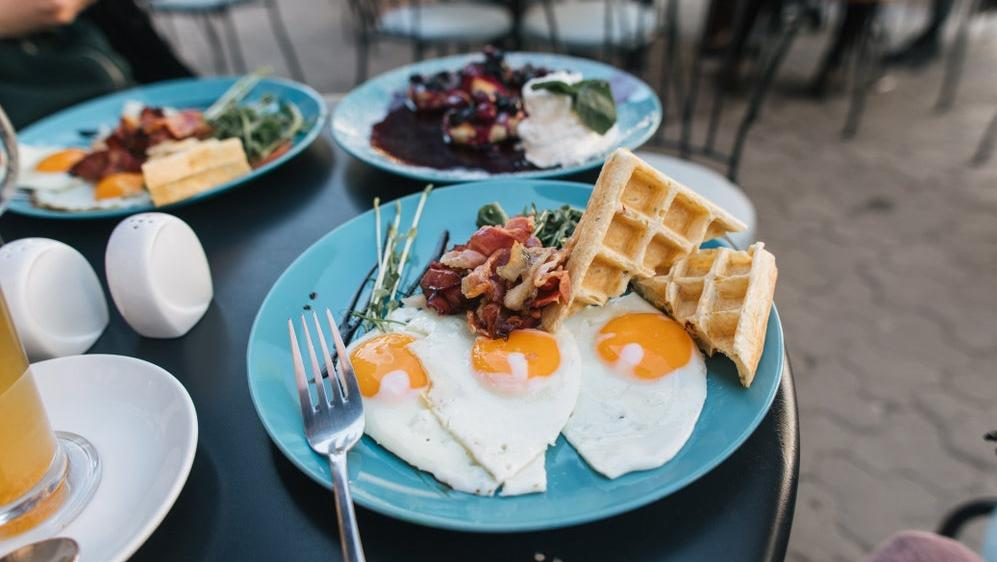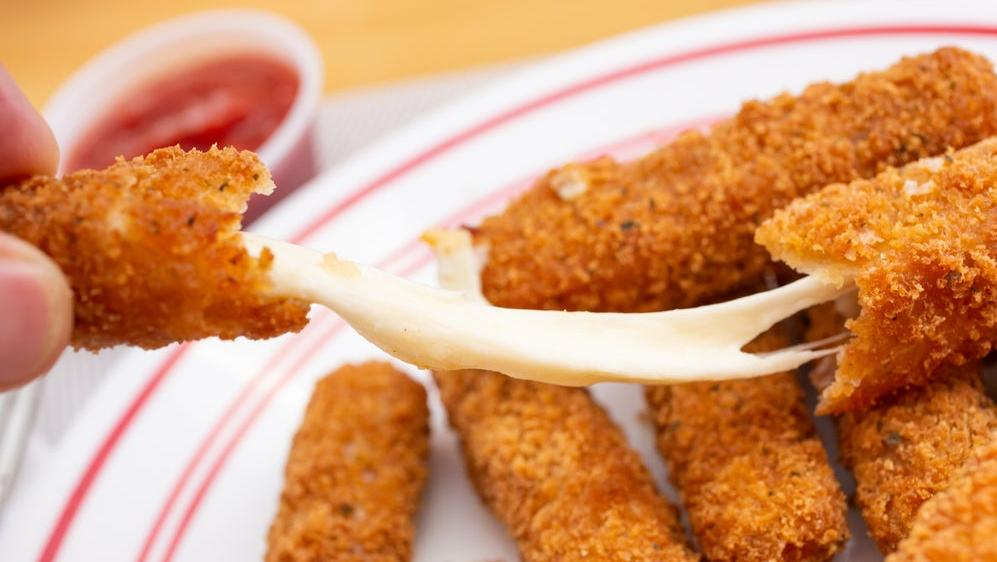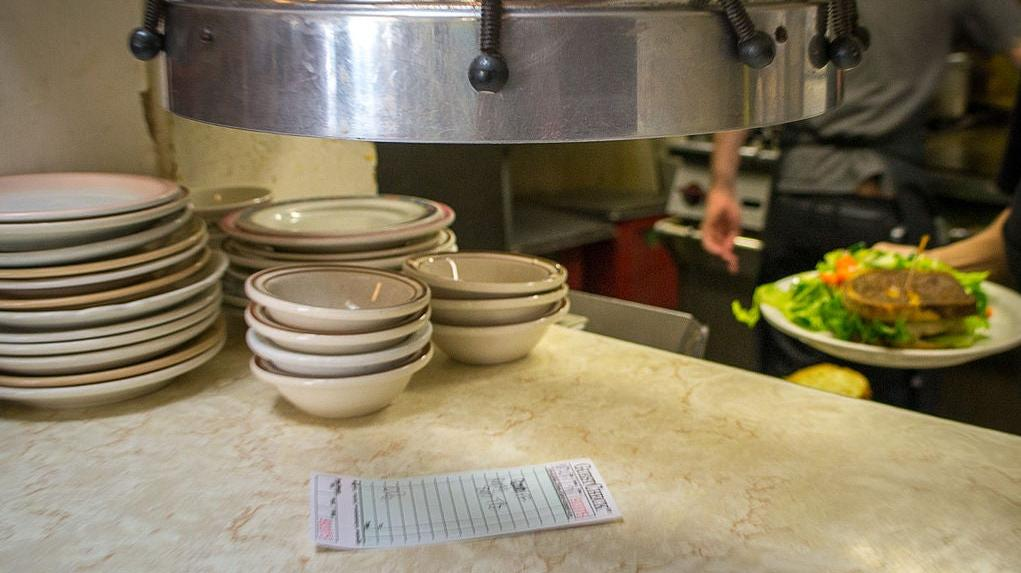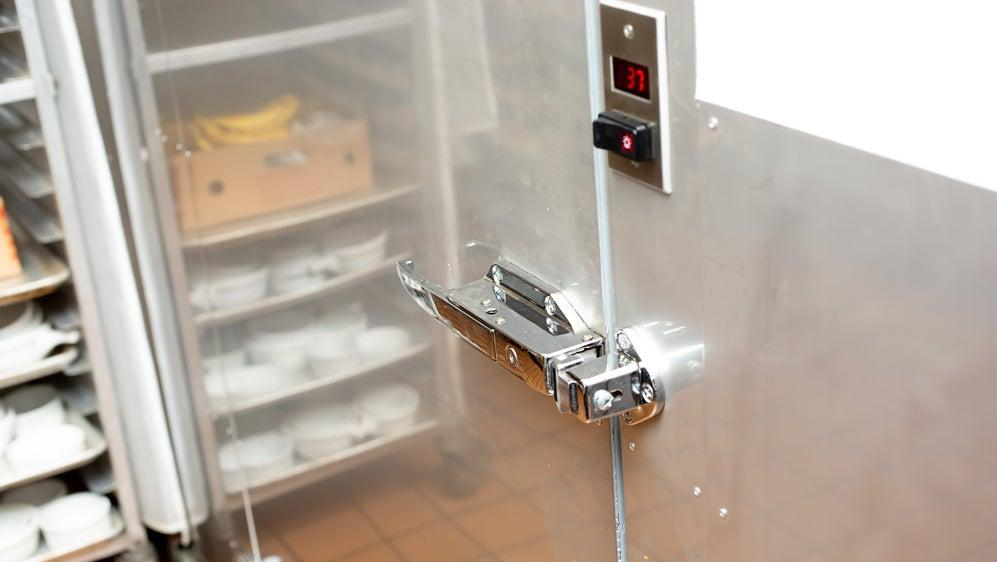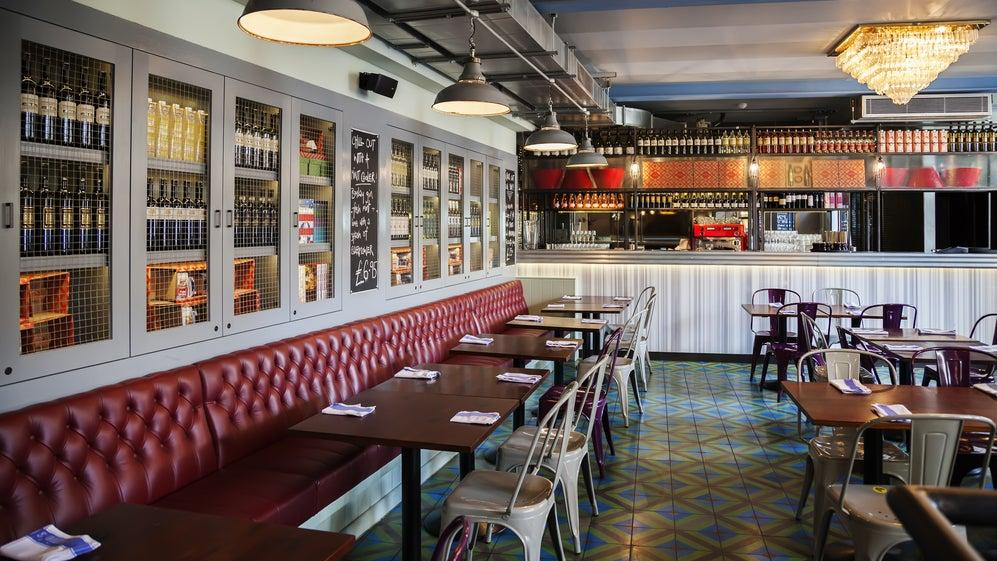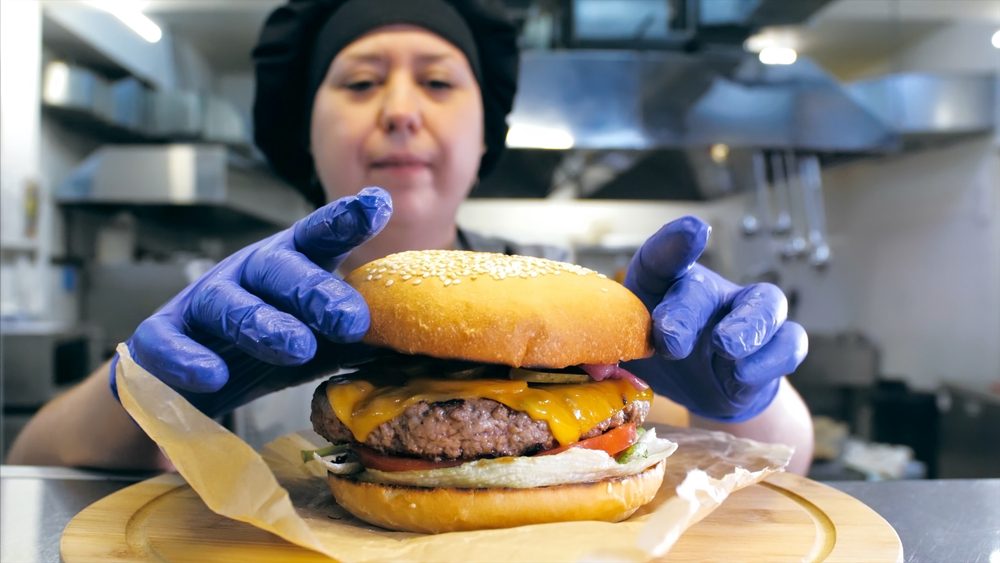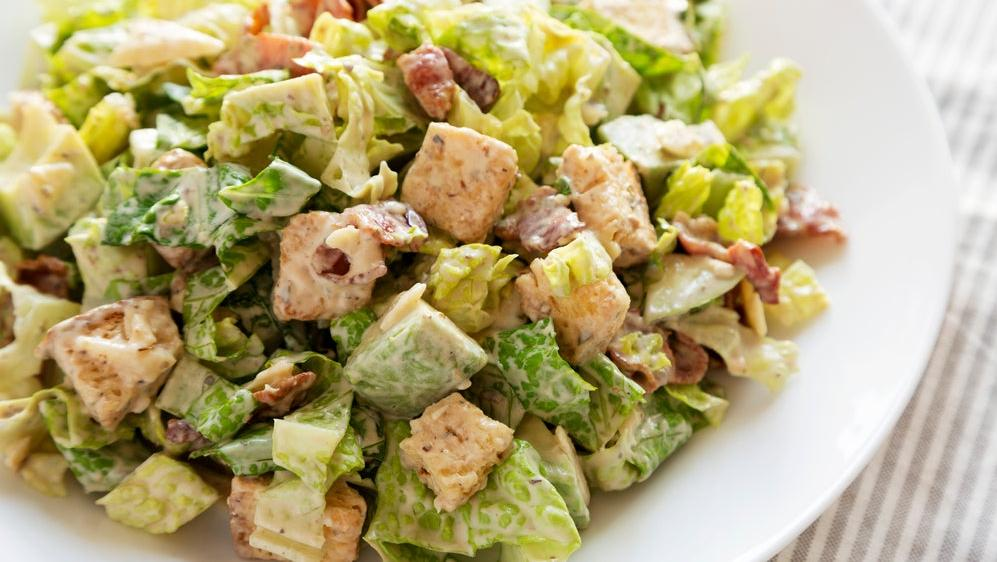10 Terms Restaurant Workers Know All Too Well
If you haven't worked in food service, you might only pretend to know what these terms mean.
As someone with over six years of restaurant experience, from serving to dishwashing, I've absorbed plenty of the food industry's lingo. Though many of these terms aren't exactly intuitive, once you learn what they mean, they often provide a handy shortcut for conveying a message across a chaotic restaurant kitchen. In busy establishments with heavy customer traffic, there's never enough time, and ultra-efficient language comes in handy. So put down your Duolingo lesson and learn these instead. Here are 10 restaurant terms you might be familiar with, but don't actually know the meaning of.
“Corner!”
If you've worked in a restaurant—heck, even if you've only been a patron—you've probably noticed that personal space is often at a premium. Working in tight areas, servers and other restaurant staff frequently run the risk of bumping into each other, which can be dangerous when you're holding hot pans or trays full of champagne. The most common accident site? Corners. If servers are carrying food from the kitchen and turn a corner without warning, potential staff members walking by might not be visible yet, and both parties are moving fast. By quite literally shouting the word "corner!" before coming up on the curve, workers can avoid disastrous collisions, saving food (or fellow humans) from a trip to the floor.
“Run the dish”
If only a lovely dish of bœuf bourguignon could grow a pair of legs and walk itself to the table. Alas, magic has not yet entered the service industry, so instead servers are stil tasked with bringing food to the appropriate table (for now). In the restaurant world, this action is usually referred to as "running a dish." If a server or food runner is asked to run a dish, this means that food is ready and waiting to be brought over to the hungry dine-in customers awaiting their meal.
“Eighty-six”
Don't worry—this term has nothing to do with math. Calling out this number in a restaurant is commonplace, and it's usually uttered by the person in charge of preparing food, like a chef or food prep person. If an item has been "eighty-sixed," that means it has run out; there's nothing left of it. This can sound like "eighty-six bacon!" or "eighty-six sesame bagels!" and indicates to the rest of the staff that the item is temporarily unavailable. Its origins are unknown, but it's been in use for about a century. (An unruly customer can, by the way, be "eighty-sixed" too—meaning, they get thrown out.)
“Eighty-five”
Along with "eighty-six," there's another number used frequently by restaurant staff: "eighty five." If a food item is "eighty-fived," this means there's only one of that item left. It's essentially a warning to customer-facing staff that there may only be one avocado left, for instance, so don't submit multiple orders for guacamole.
“On the fly”
Though restaurant chefs are typically used to working within a tight timeframe, there are moments where time becomes even more crucial. If a customer sends food back to the kitchen because the order was incorrect, the new dish will have to be made "on the fly," meaning it's a priority above other dishes in the queue. This term is also used when cooks make a quick change to an existing dish—for instance, if an ingredient is no longer available and a substitute comes into place. "On the fly" simply encourages the task to be completely even more efficiently than usual.
The “walk-in”
Ah, the "walk-in." This restaurant term has two meanings, depending on what part of the restaurant you're in. When used at the host stand, the term means the opposite of making a reservation. When restaurants say they "only take walk-ins," this means they don't take reservations, instead only seating parties as they arrive. However, to the employees of a restaurant, the "walk-in" is typically referencing a type of refrigerator. Large enough to feel like an entire back room, the walk-in cooler is where restaurant workers go to retrieve items needed for a dish, or for restock. It's also known as a place where overworked employees go to sneak in a quick cry.
“Two-top,” “four-top”
Restaurant servers and hosts will usually use this term to mean "the most a table can seat." A "two-top" is a table that can seat up to two guests, tops—get it? Most restaurant dining rooms typically offer some combination of two-, four-, or six-tops, though for bigger parties the tables can always be pushed together.
“Front of house,” “back of house”
Most jobs in the food service industry are categorized as either front or back of house. Front-facing positions include servers, hosts, and cashiers, while back of house positions include dishwashers, food preppers, and chefs. Front of house positions deal with customers, and are the first to greet them; these are usually the only restaurant employees a customer ever comes into contact with. Of course, despite one side being more visible than the other, both are crucial, working in tandem to make the restaurant function.
“Mise en place”
You don't have to be a linguist to guess that "mise en place" is a French term. Its meaning has to do with having things set and in place, and the term is used by back of house staff when a meal is being prepared. For a correct mise en place method, ingredients are picked out and organized after a recipe is selected, and other measures are taken to prep the ingredients ahead of time, from chopping vegetables to setting a stove to the correct temperature.
“SOS”
Though kitchens often see their fair share of emergencies, such as burning food, big spills, and injuries, calling out "SOS!" is not done to ensure the entire staff thinks you're the most dramatic person alive. In food service, "SOS" simply means "sauce on the side." Used as an acronym to shave a few seconds off when a customer places an order, this is an important detail to include in any ticket, because when a salad is covered in Thousand Island dressing and the customer acts horrified by it, the dish is now unsaveable, and a new one must be prepped on the fly.
